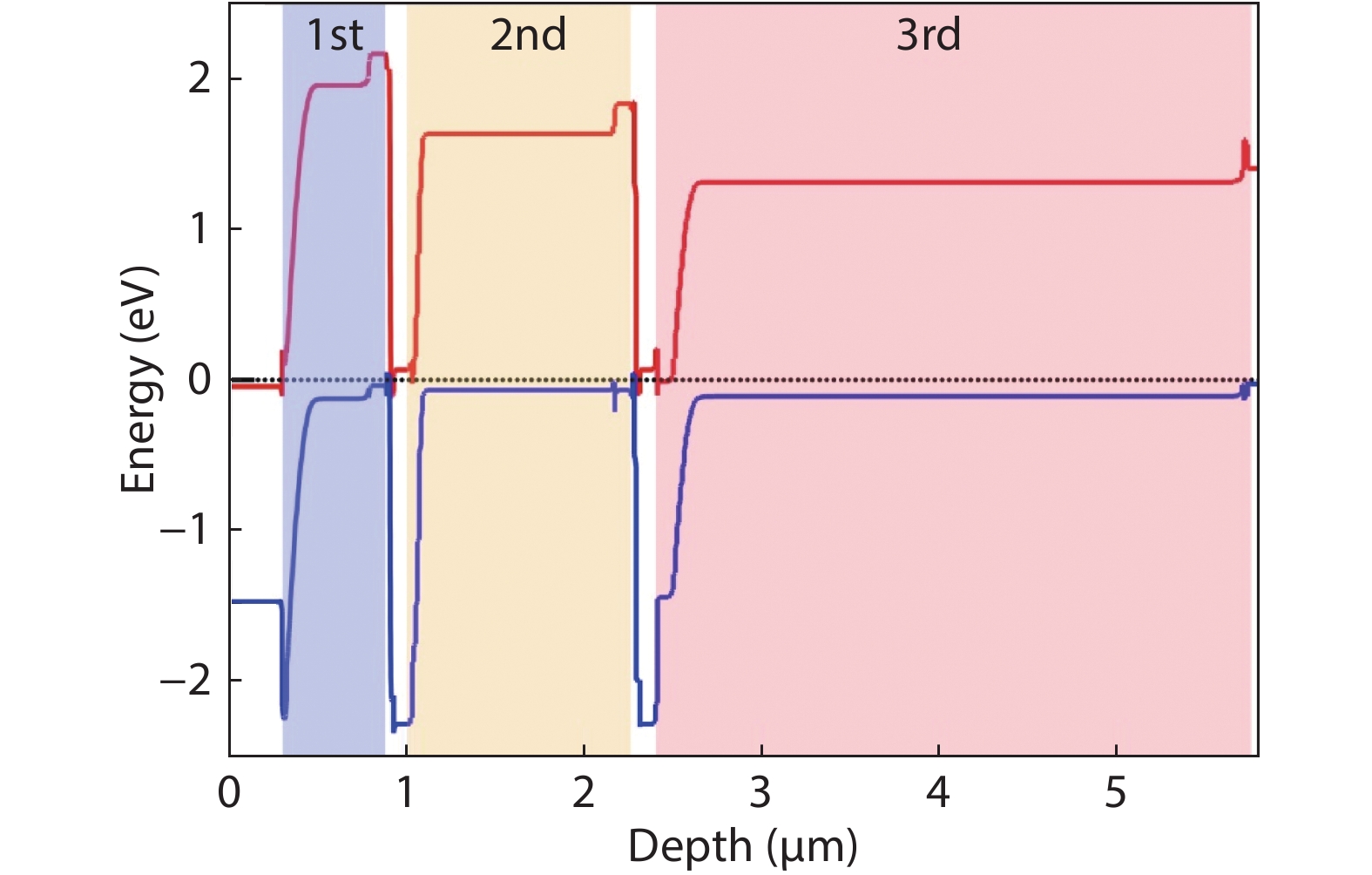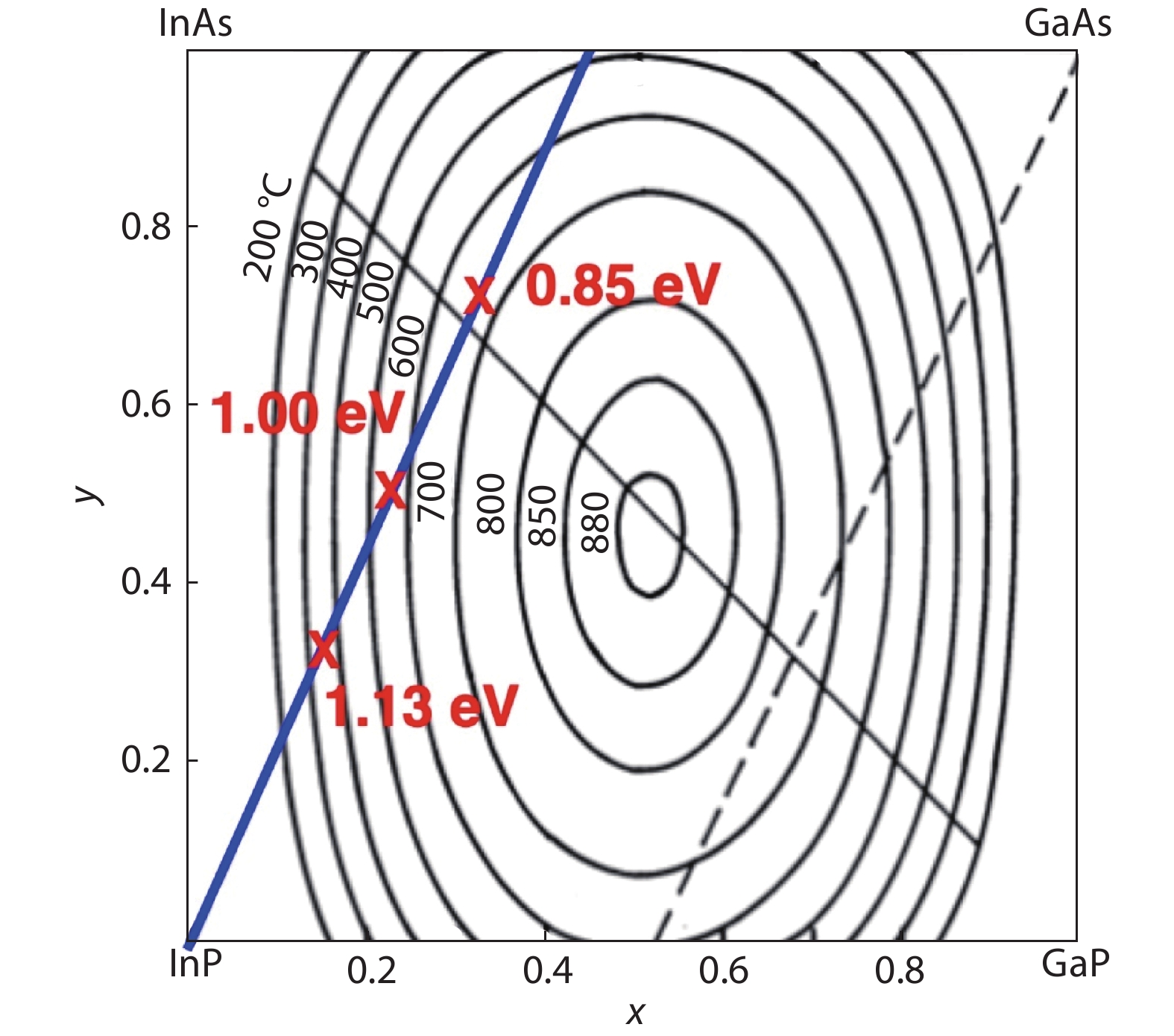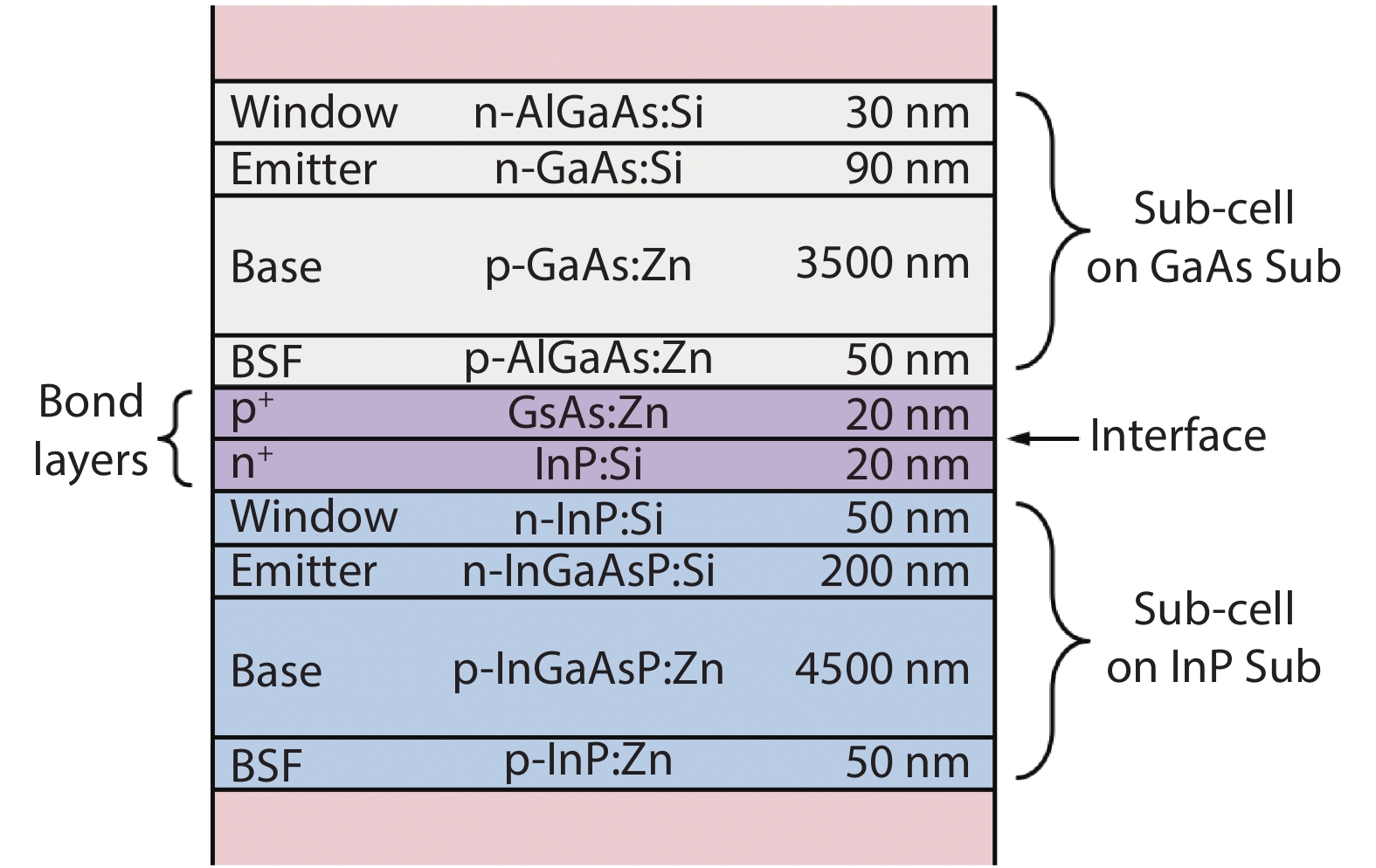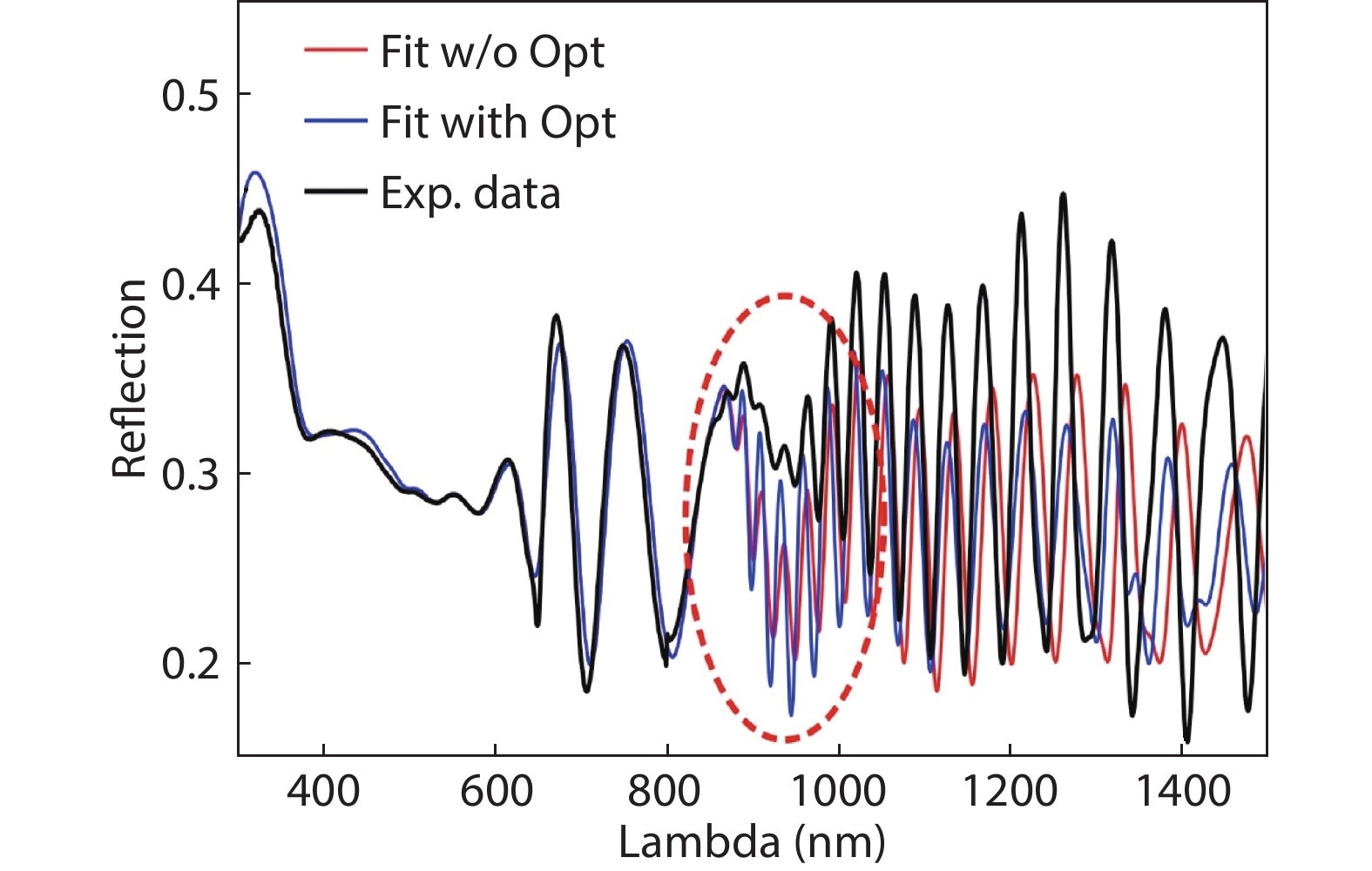| Citation: |
Xinyi Li, Ge Li, Hongbo Lu, Wei Zhang. >35% 5-junction space solar cells based on the direct bonding technique[J]. Journal of Semiconductors, 2021, 42(12): 122701. doi: 10.1088/1674-4926/42/12/122701
****
X Y Li, G Li, H B Lu, W Zhang, >35% 5-junction space solar cells based on the direct bonding technique[J]. J. Semicond., 2021, 42(12): 122701. doi: 10.1088/1674-4926/42/12/122701.
|
>35% 5-junction space solar cells based on the direct bonding technique
DOI: 10.1088/1674-4926/42/12/122701
More Information
-
Abstract
Multijunction solar cells are the highest efficiency photovoltaic devices yet demonstrated for both space and terrestrial applications. In recent years five-junction cells based on the direct semiconductor bonding technique (SBT), demonstrates space efficiencies >35% and presents application potentials. In this paper, the major challenges for fabricating SBT 5J cells and their appropriate strategies involving structure tunning, band engineering and material tailoring are stated, and 4-cm2 35.4% (AM0, one sun) 5J SBT cells are presented. Further efforts on detailed optical managements are required to improve the current generating and matching in subcells, to achieve efficiencies 36%–37%, or above.-
Keywords:
- III–V,
- multijunction,
- solar cells,
- high efficiency,
- semiconductor bonding
-
References
[1] Chiu P T, Law D C, Singer S B, et al. High performance 5J and 6J direct bonded (SBT) space solar cells. 2015 IEEE 42nd Photovoltaic Specialist Conference (PVSC), 2015, 1[2] Chiu P T, Law D C, Woo R L, et al. 35.8% space and 38.8% terrestrial 5J direct bonded cells. 2014 IEEE 40th Photovoltaic Specialist Conference (PVSC), 2014, 0011[3] Chiu P T, Law D C, Woo R L, et al. Direct semiconductor bonded 5J cell for space and terrestrial applications. IEEE J Photovolt, 2014, 4, 493 doi: 10.1109/JPHOTOV.2013.2279336[4] Geisz J F, France R M, Schulte K L, et al. Six-junction III–V solar cells with 47.1% conversion efficiency under 143 Suns concentration. Nat Energy, 2020, 5, 326 doi: 10.1038/s41560-020-0598-5[5] Geisz J F, Steiner M A, Jain N, et al. Building a six-junction inverted metamorphic concentrator solar cell. IEEE J Photovolt, 2018, 8, 626 doi: 10.1109/JPHOTOV.2017.2778567[6] King R R, Bhusari D, Boca A, et al. Band gap-voltage offset and energy production in next-generation multijunction solar cells. Prog Photovolt: Res Appl, 2011, 19, 797 doi: 10.1002/pip.1044[7] Tayagaki T, Reichmuth S K, Helmers H, et al. Transient analysis of luminescent coupling effects in multi-junction solar cells. J Appl Phys, 2018, 124, 183103 doi: 10.1063/1.5046543[8] Tayagaki T, Oshima R, Shoji Y, et al. Luminescence effects on subcell current-voltage analysis in InGaP/GaAs tandem solar cells. J Photonics Energy, 2020, 10, 025504 doi: 10.1117/1.JPE.10.025504[9] Lim S H, Li J J, Steenbergen E H, et al. Luminescence coupling effects on multijunction solar cell external quantum efficiency measurement. Prog Photovolt: Res Appl, 2013, 21, 344 doi: 10.1002/pip.1215[10] Hamada H, Shono M, Honda S, et al. AlGaInP visible laser diodes grown on misoriented substrates. IEEE J Quantum Electron, 1991, 27, 1483 doi: 10.1109/3.89967[11] Wu M C, Lin J F, Jou M J, et al. High reliability of AlGaInP LED's with efficient transparent contacts for spatially uniform light emission. IEEE Electron Device Lett, 1995, 16, 482 doi: 10.1109/55.468274[12] Zaknoune M, Schuler O, Mollot F, et al. 0.1 μm (Al0.5Ga0.5)0.5In0.5P/In0.2Ga0.8As/GaAs PHEMT grown by gas source molecular beam epitaxy. Electron Lett, 1999, 35, 1776 doi: 10.1049/el:19991196[13] Heckelmann S, Lackner D, Karcher C, et al. Investigations on AlxGa1–xAs solar cells grown by MOVPE. IEEE J Photovoltaics, 2015, 5, 446 doi: 10.1109/JPHOTOV.2014.2367869[14] Steiner M A, France R M, Perl E E, et al. Reverse heterojunction (Al)GaInP solar cells for improved efficiency at concentration. IEEE J Photovolt, 2020, 10, 487 doi: 10.1109/JPHOTOV.2019.2957644[15] Lu H B, Li X Y, Zhang W, et al. MOVPE grown 1.0 eV InGaAsP solar cells with bandgap-voltage offset near to ideal radiative recombination limit. Sol Energy Mater Sol Cells, 2019, 196, 65 doi: 10.1016/j.solmat.2019.03.032[16] Lu H B, Li G, Li X Y, et al. Small lattice-mismatched InGaAsP: Material characterization and application in solar cells. Chin J Lumin, 2020, 41, 351 doi: 10.3788/fgxb20204104.0351[17] Onabe K. Calculation of miscibility gap in quaternary InGaPAs with strictly regular solution approximation. Jpn J Appl Phys, 1982, 21, 797 doi: 10.1143/JJAP.21.797[18] Ono K, Takemi M. Anomalous behavior of phase separation of InGaAsP on GaAs substrates grown by MOVPE. J Cryst Growth, 2007, 298, 41 doi: 10.1016/j.jcrysgro.2006.10.065[19] LaPierre R R, Okada T, Robinson B J, et al. Spinodal-like decomposition of InGaAsP(100) InP grown by gas source molecular beam epitaxy. J Cryst Growth, 1995, 155, 1 doi: 10.1016/0022-0248(95)00123-9[20] Ram R J, Dudley J J, Bowers J E, et al. GaAs to InP wafer fusion. J Appl Phys, 1995, 78, 4227 doi: 10.1063/1.359884 -
Proportional views





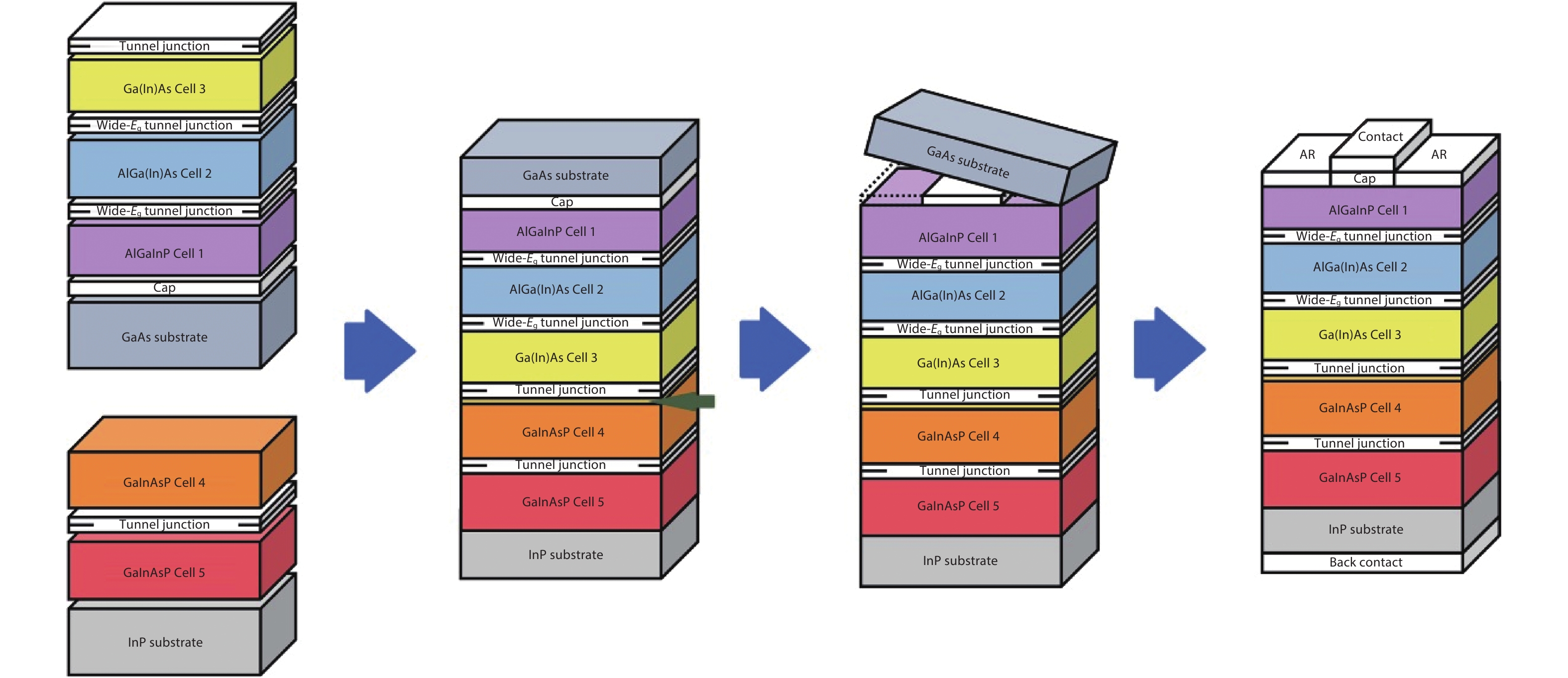
 DownLoad:
DownLoad:

